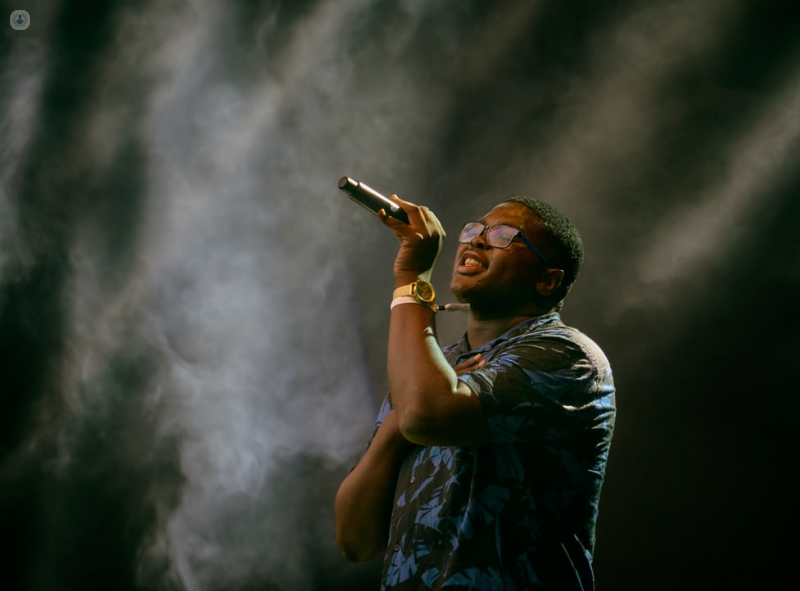Phonosurgery
Mr Julian McGlashan - Otolaryngology / ENT
Created on: 03-01-2017
Updated on: 12-12-2023
Edited by: Karolyn Judge
What is phonosurgery?
Phonosurgery is undertaken to restore, change or improve the voice. It can be in the form of injections, microsurgery or open surgery. The reasons for surgery may be due to disease damage, misuse of the voice, or part of the process for gender reassignment. Speech therapy is an effective way to strengthen the voice but it often takes surgery to fix the voice problem.

What are the possible reasons for phonosurgery?
You may require phonosurgery because of the following:
- A weak voice
- Vocal instability
- Permanent hoarseness
- To change the pitch in male-to-female transsexuals
What are the different types of phonosurgery?
Phonosurgery includes the following:
Phonomicrosurgery
With this procedure, microflap surgery is used to remove the polyp or cyst. A microscopic flap is elevated from the first layer of tissue on the vocal cords, which is called the epithelium, and the lesion is dissected out. The epithelium is then placed back into position. This procedure is very precise and avoids any scarring or damage to the voice.
Laryngoplastic phonosurgery (thyroplasty)
During this procedure, an implant is placed inside the larynx alongside the vocal cord. The implant pushes the vocal cord closer to the middle so that there is a strong voice. A small incision is made in the neck, which is used to access the larynx.
A small hole is made for the implant, which is then placed in position and the vocal cord function is then checked before the hole is closed back up. The patient is awake under local anaesthetic, which means that their voice can be monitored.
This method is used to shorten the vocal cords in order to lower the pitch of the voice. It is often used in cases of puberty dysphonia, where a man suffers from a high-pitched feminine-sounding voice.
Laryngeal injections
This procedure is used in cases of weak or paralysed vocal cords. Injections are made into the tissues next to the vocal cords to bulk up the vocal tissues and bring the vocal cords closer together.
What can I expect after phonosurgery?
After surgery, it is likely to experience a sore throat and pain at the site. There will be a dressing on the front of your neck from where it took place. You will need to rest your voice for up to 72 hours after surgery to prevent any bleeding and to help any swelling to decrease.





